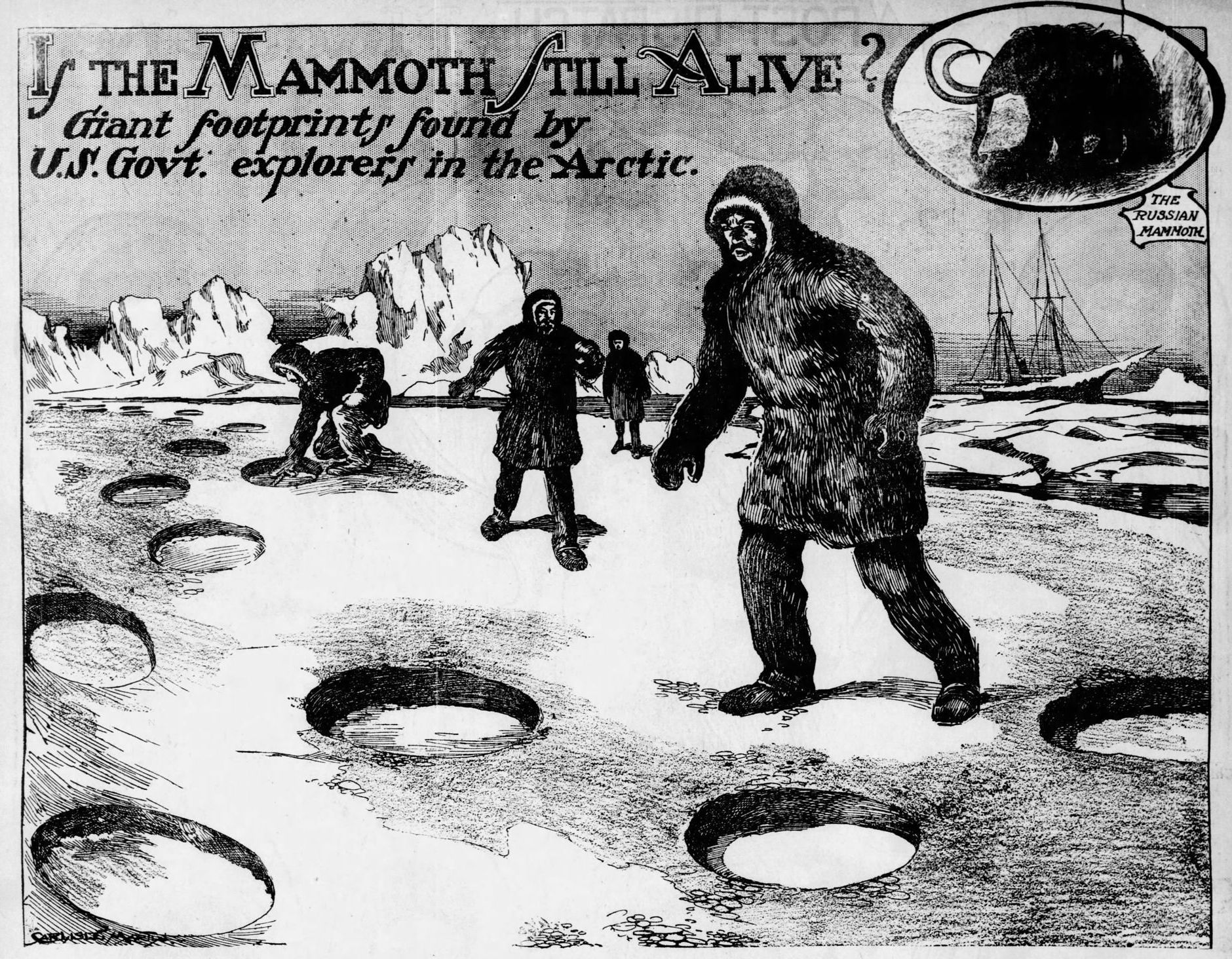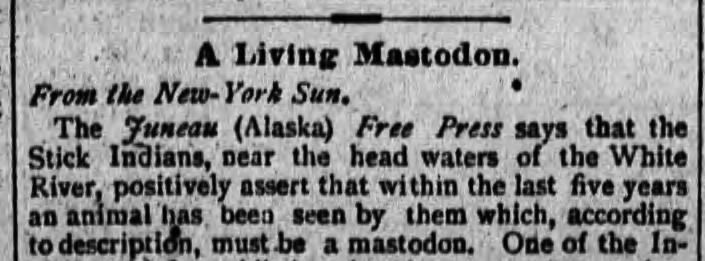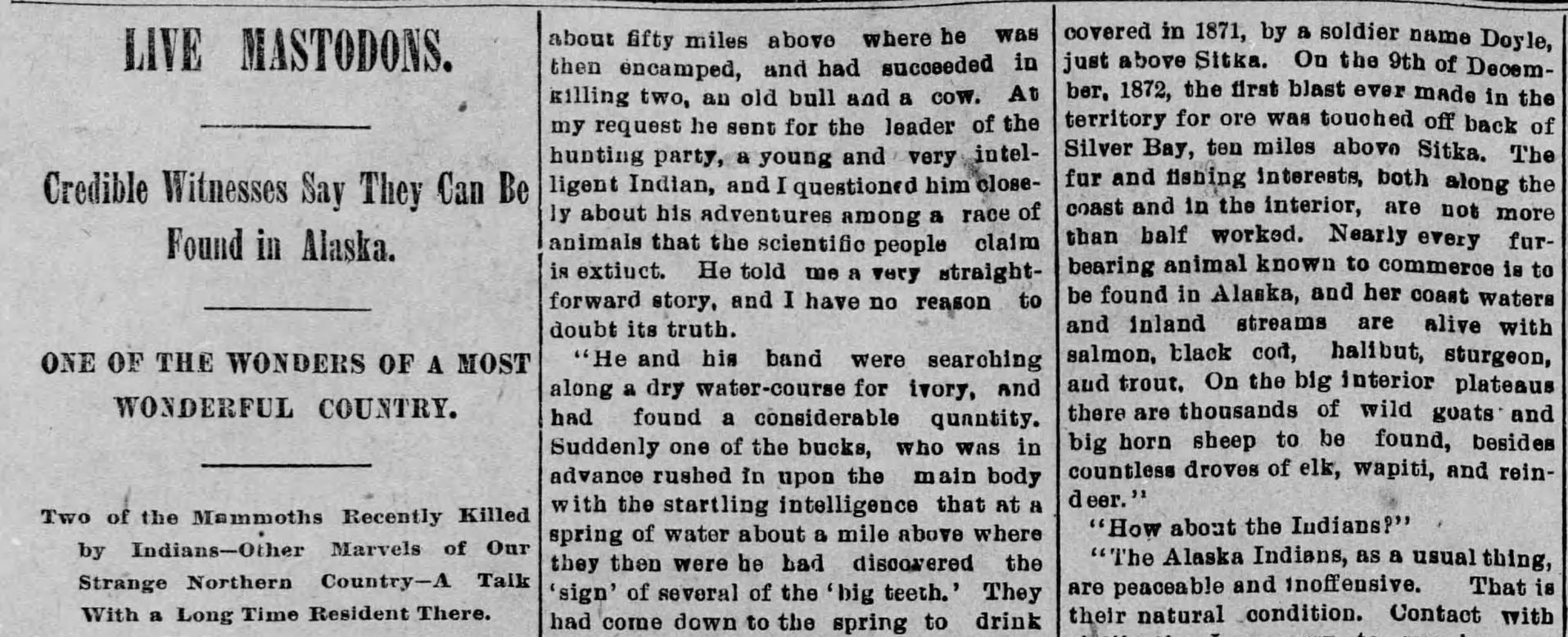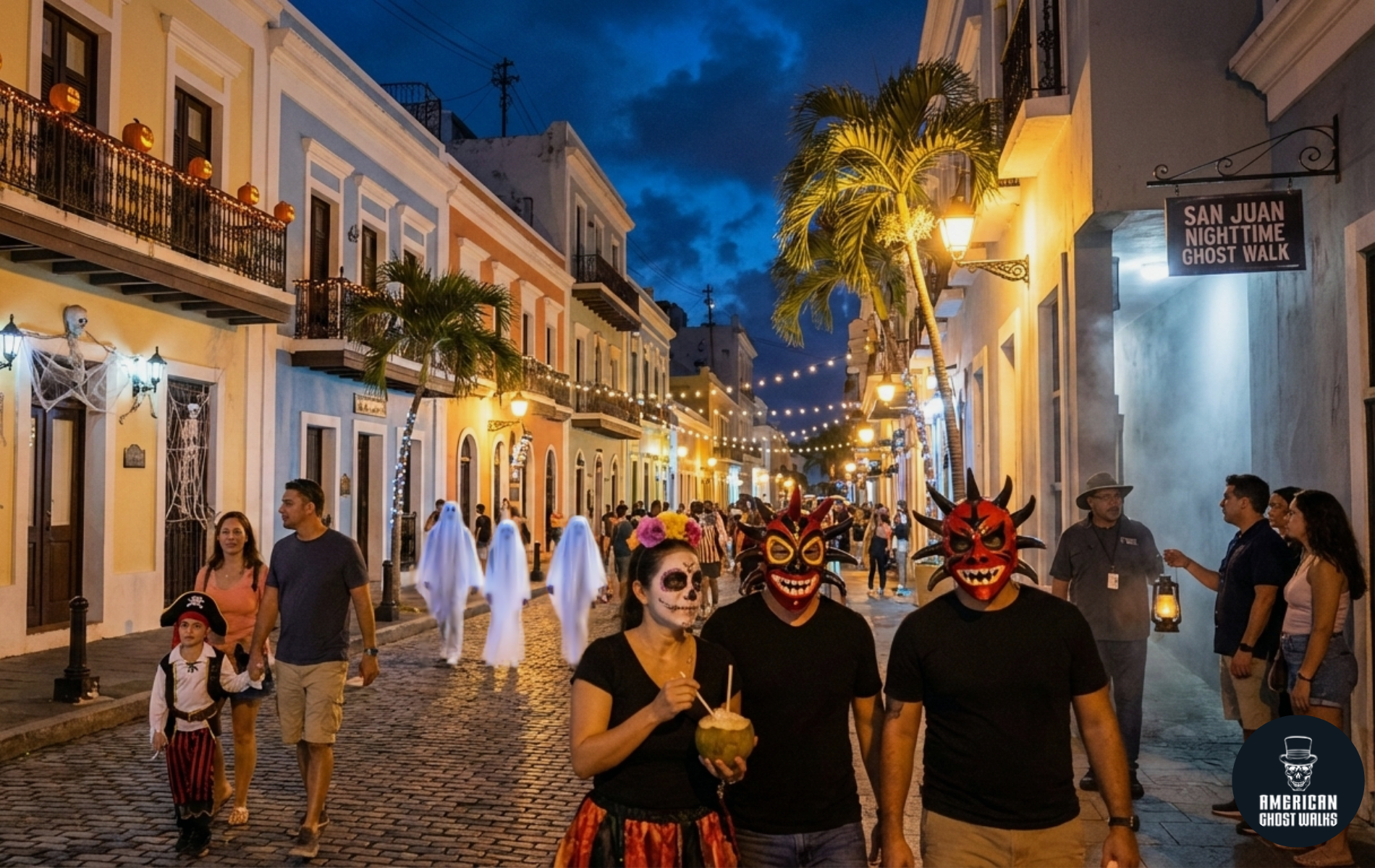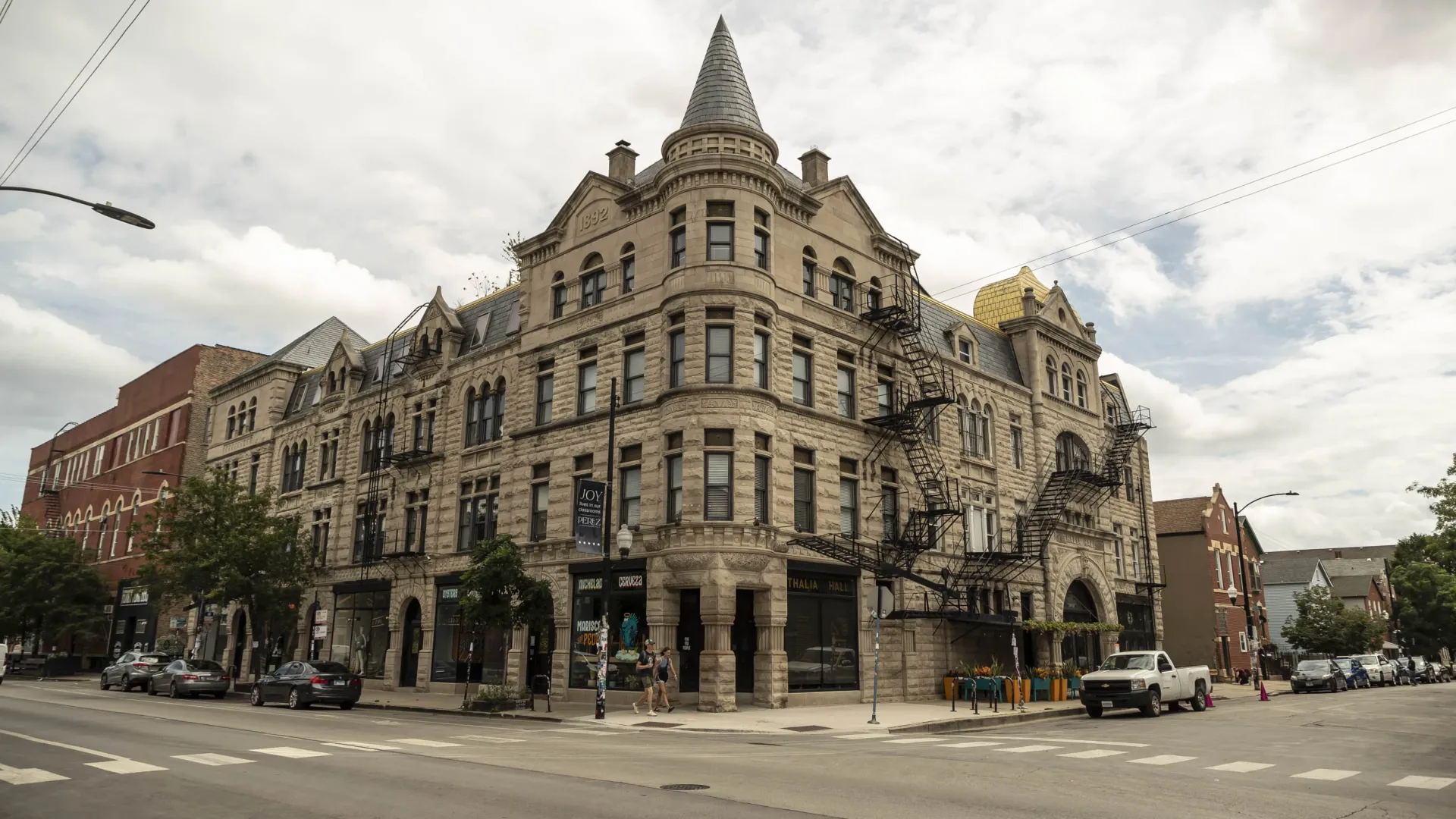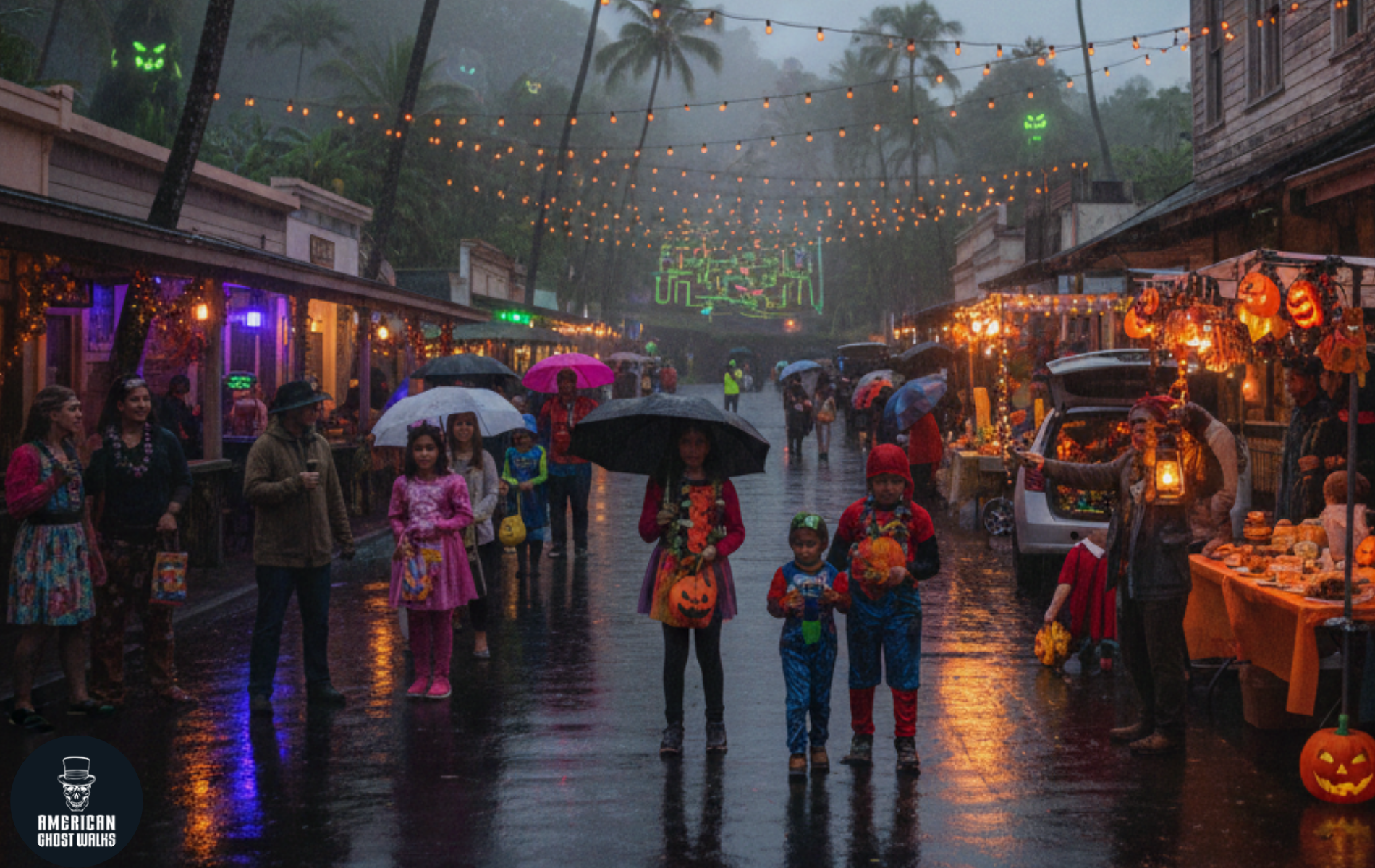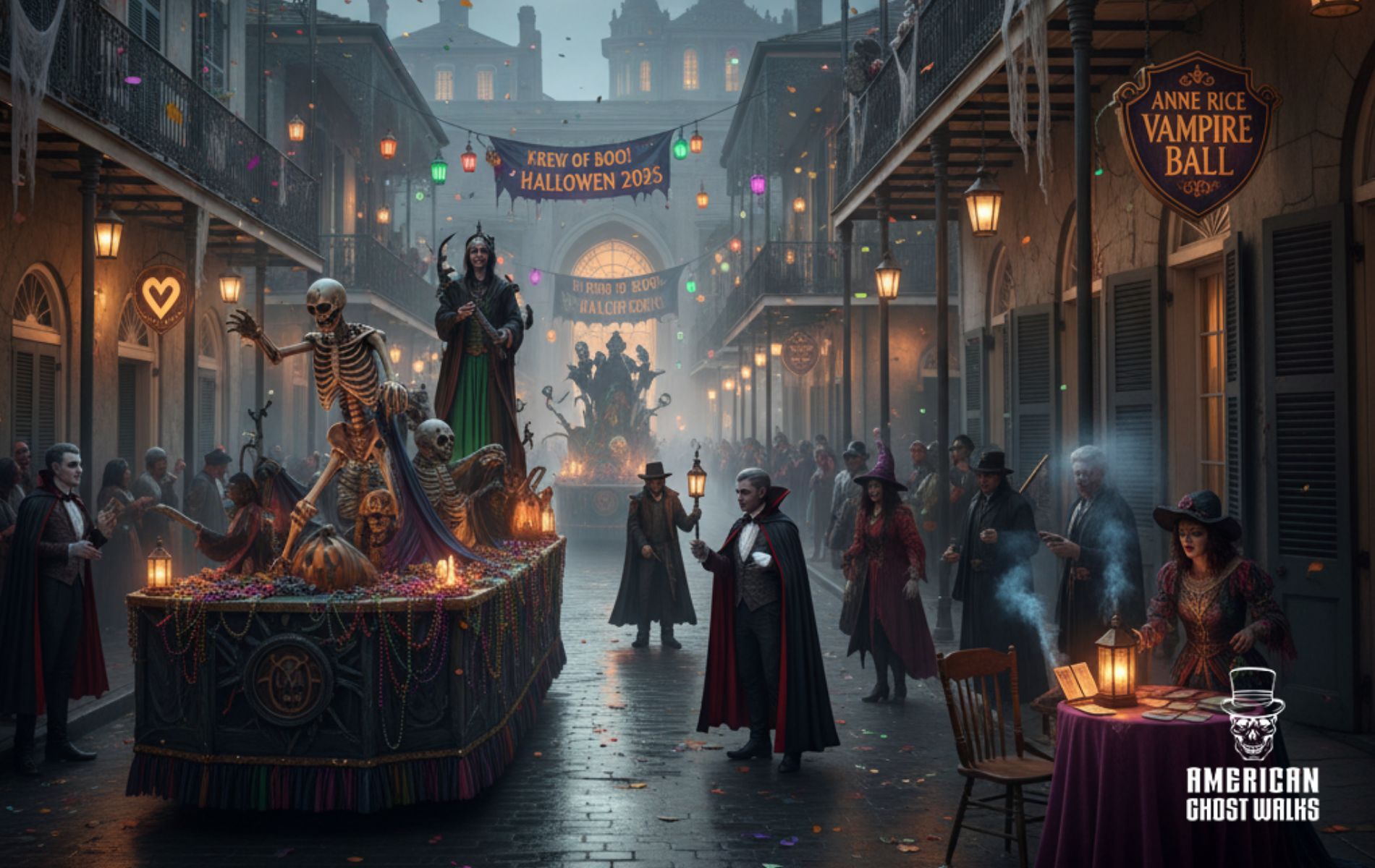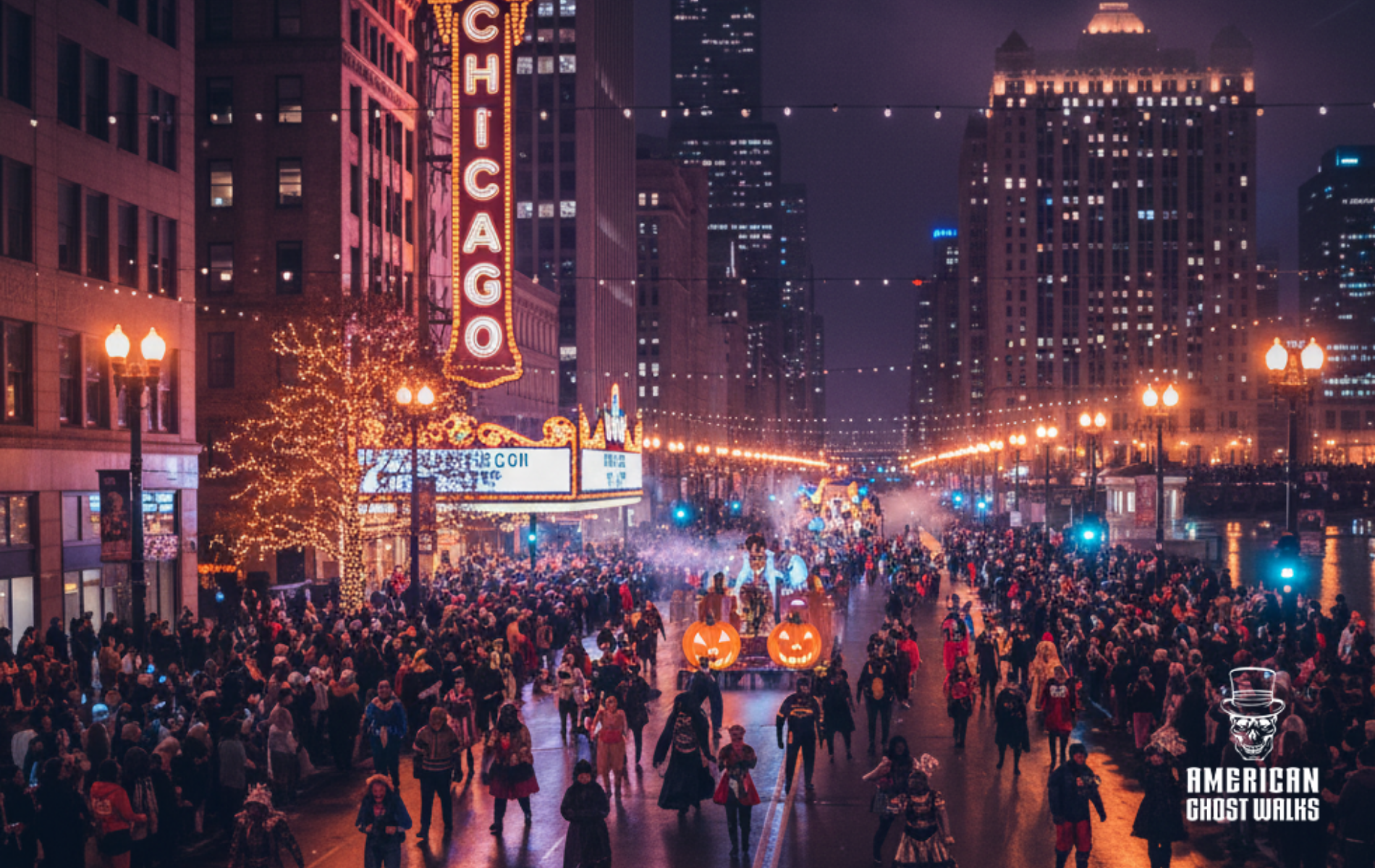Woolly Mammoths in Alaska: Do They Still Roam the Alaskan Tundra?
The Last Frontier’s Ice Age Ghosts
Alaska’s frozen wilderness is haunted by more than just legends of ghosts and cryptids – it may be haunted by actual Ice Age giants. Tales persist of woolly mammoths or mastodons surviving in Alaska’s remote reaches, ghostly echoes of the Pleistocene roaming the tundra. Over the years, explorers, natives, and even scientists have reported uncanny signs: enormous footprints in the permafrost, mysterious tusks unearthed from ancient ice, and colossal shadows in the mist. Could these be mere folklore and misidentifications, or does the Last Frontier still harbor living relics of the Ice Age? The possibility is both mysterious and spine-chilling, blending science with the supernatural in true Alaskan style.
Giant Footprints in the Arctic Ice
In the early 20th century, a newspaper headline boldly asked, “Is the Mammoth Still Alive?” after a U.S. government expedition to Alaska's remote Unimak Island claimed to find giant footprints frozen in the ice. Fur-clad adventurers gazed in astonishment at a line of massive round tracks. Dr. J.P. Frizzell, the mission scientist, was convinced that the trail they discovered could only have been made by a gigantic elephant-like beast long thought extinct – a living mammoth wandering the Alaskan wilds. The report captured the public’s imagination, suggesting that somewhere beyond the fringes of mapped territory, an Ice Age giant might still tread in modern times.
Native Alaskan Legends of the Mammoth
Long before prospectors and scientists arrived, Alaska’s indigenous peoples had their own eerie accounts of great beasts in the north. Inuit and other Native Alaskan folklore speak of enormous, fur-covered creatures said to live beneath the tundra. According to one legend, these mammoths actually burrow underground and will die if they ever breathe the open air, which is why people only find their bones half-buried in frozen earth. This haunting belief hints that the creatures belong to a hidden underworld, so the rare times one accidentally comes to the surface, it perishes upon encountering the world above.
In 1887, According to the New-York Sun, The Juneau Free Press reported that a native group within what is now America's largest national park, the Wrangell-St. Elias National Park and Preserve, claimed to have seen large animals matching the description of mammoths or mastodons in the last five years. One of the witnesses stated that while hunting he came across immense tracks larger around than the bottom of salt barrel that sunk several inches into the moss. He followed the trail and came upon the giant beast and ran away. He described the animal as “larger than the post trader’s store, with great, shining, yellowish tusks, and a mouth large enough to swallow him at a single gulp.” Other hunters told of seeing the same monster in the area, where numerous mammoth bones were also found.
Just across the border, much earlier accounts exist. The Edinburgh Magazine and Literary Miscellany publishes a letter from a reader about an event that transpired in 1803 in Western Canada. According to Thomas Pollock, while on a mission to make contact with native tribes for the Hudson Bay Company, “the guide and myself suddenly came upon an animal of an enormous size. It appeared about 20 feet in height, and had a very heavy and unwieldy appearance. I can give but a very lame account of it, on account the consternation into which I was thrown. The largeness of its belly was enormous, nearly touching the ground. Its colour was a dirty black.”
Explorer David Thompson, retold native tales of gigantic, furry pachyderms stomping trampling the Canadian wilderness in British Columbia. Thompson would later discover usually large tracks in 1811. Thompson would conclude, “The circumstantial evidence of the existence of this animal is sufficient.”
Then in 1818, there was a sighting in the Rocky Mountains of the United States. Two different parties were witness to the creatures. “The first party came suddenly upon the animal . . . and were so alarmed at its prodigious size, (exceeding that of the largest elephant,) and at its unknown aspect, that they immediately retreated . . . Another party was sent to the same spot to ascertain the fact; and though the animal was not observed, its footsteps could be distinctly traced.”
Gold Rush Era Sightings and Strange Reports
The late 19th-century Alaska–Yukon Gold Rush didn’t just uncover gold – it unearthed strange rumors of living mammoths. As prospectors flooded the north, newspapers began printing eyewitness accounts of colossal beasts glimpsed in the wilderness.
In the November 28, 1896 edition of The Portland Daily Press there was a curious account of a Colonel Cola F. Fowler, who in the late 1800s resided in Alaska. He related a tale about something he had seen out in the Alaskan wilderness while on his way to an Inuit trading outpost. At the outpost, he purchased a quantity of what he assumed was fossilized mammoth ivory.
However, Fowler then found the tucks were covered with blood and bits of flesh. When he asked about this, the native seller explained that the ivory had come from animals killed just 3 months prior. A native hunting party had come across herd of mammoths. “. . . Armed with large caliber muskets and [they] stood their ground, opening fire . . . According to his description it was at least twenty feet in height and thirty feet in length. In general shape it was not unlike an elephant, but its ears were smaller, its eyes bigger and its trunk longer and more slender. Its tusks were yellowish-white in color and six in number . . . The monster’s body was covered with long, coarse hair . . .”
Fowler convinced the hunters to sketch the animal’s appearance on a riverbank clay bed. The resulting drawing startled him. It showed a woolly, elephant-like creature with not just two tusks, but four shorter tusks protruding alongside the great curved pair. This odd detail later caught the attention of cryptozoologists, because it more closely matched the Eubelodon, a prehistoric “four-tusked” relative of the mammoth that hadn’t been added to the fossil record yet.
Colonel Fowler added, “When Alfred P. Swineford was Governor of Alaska, he made a very careful investigation of the reports of living mammoths, made by the Indians, and after thoroughly sifting the entire testimony, he felt certain that large herds of these monsters are still to be found on the high plateaus in interior Alaska, about the head waters of the Snake River, and he incorporated this opinion in one of his reports to the government.”
Not all such reports were genuine, of course. In 1899, a sensational tale about an Alaskan mammoth made global headlines when a man calling himself Henry Tukeman claimed he had shot a live mammoth on the Koyukuk River in Alaska and secretly donated the stuffed carcass to the Smithsonian. The Smithsonian Institution, however, has no record of any such specimen, and the story was later exposed as a hoax. The “Tukeman’s mammoth” affair was pure fiction, but it showed how eager the public was to believe in surviving mammoths.
Even today, Alaska’s melting ice and permafrost continue to reveal the remains of woolly mammoths. Paleontologists and gold miners in the Fairbanks area have uncovered a vast “Boneyard” of Ice Age fossils – dozens of tusks, skulls, and skeletal parts of mammoths and other megafauna.
Modern Sightings and Cryptozoological Quests
By the 20th century, whispers of living mammoths shifted from newspaper fodder to the realm of cryptozoology. Reports have sporadically surfaced from deep within the wilderness, though many are anecdotal and hard to verify. In the far reaches of Siberia, there were flurries of alleged mammoth sightings throughout the 1900s. In 1920, a French diplomat stationed in Vladivostok relayed a trapper’s account of giant shaggy “elephants” in the Siberian taiga, and in 1948 a Soviet pilot claimed to see a herd of mammoth-like dark shapes moving below his aircraft. Soviet geologists in 1978 even reported coming upon a dozen colossal hairy beasts drinking from the Indigirka River before the creatures vanished into the forest.
In Alaska rumors also persist, though they are even harder to pin down. During World War II, some Alaskan bush pilots and servicemen allegedly whispered about spotting elephant-like creatures from their planes in remote valleys. Hunters occasionally tell of coming across inexplicably large tracks or hearing unidentifiable crashing noises in the woods that seem attributable to a giant, lumbering animal.
Investigators note a pattern in these tales. Alleged mammoth encounters tend to be reported in the most remote, inaccessible corners of Siberia and Alaska. These are places where even today few people ever venture, and where vast forests and tundra valleys could conceal an elephantine giant.
Science Weighs In: Extinction or Survival?
From a scientific perspective, the consensus is that woolly mammoths in Alaska died out long ago – but not as long ago as one might think. On mainland Alaska, the last mammoths are thought to have vanished around 10,000–12,000 years ago at the end of the Ice Age. However, small isolated populations survived on remote Alaskan islands for much longer. On St. Paul Island in the Bering Sea, radiocarbon dating of bones shows mammoths survived until roughly 5,700 years ago. On Wrangel Island in the Russian Arctic, a dwarf mammoth population survived until about 4,000 years ago.
These startling facts demonstrate that mammoths nearly made it into human recorded history. Could a pocket of mammoths have endured even later, say into the 19th or 20th century? Most scientists say it's highly unlikely. Any surviving mammoths would have needed a sizable, inbreeding-resistant population and a very remote habitat to escape notice this long. It’s also likely we would have found telltale evidence by now if they were out there. So far, nothing conclusive has turned up.
The idea of a living woolly mammoth might soon shift from legend to laboratory. Advances in genetics have spurred a movement to “de-extinct” the mammoth by resurrecting the species (or at least a close proxy). A biotech company called Colossal Biosciences has been working on splicing mammoth genes into Asian elephant DNA with the goal of creating a hybrid mammoth-elephant calf. Their plan is to reintroduce these elephantine ice-age proxies into the wild, possibly in Alaska.
The Enigma Remains
Are woolly mammoths still alive in Alaska? The legend refuses to die. Every so often, a tantalizing footprint in the snow or a tall tale told around a campfire rekindles the possibility that somewhere, something enormous might still be lurking.
In the end, the modern mammoth-in-Alaska mystery sits at the crossroads of science and myth. It invites us to ponder the thin line between the known and the unknown. For now, the consensus is that mammoths survive only in our dreams (and soon, maybe in our laboratories).
The possible continued existence of Ice Age ghosts like the Woolly Mammoth is just one example of the many mysteries in Alaska. American Ghost Walks offers haunted history tours in Juneau and Ketchikan, where you can walk in the footsteps of restless spirits and explore the very streets once roamed by gold miners, ladies of the night, and old-timers of the Alaskan frontier.
Our expert guides will immerse you in so much Alaskan history and mystery, you'll transform from a cheechako newbie into a seasoned sourdough overnight. Secure your spot now for the Alaska Ghost Tour and discover the paranormal side of Alaska.

